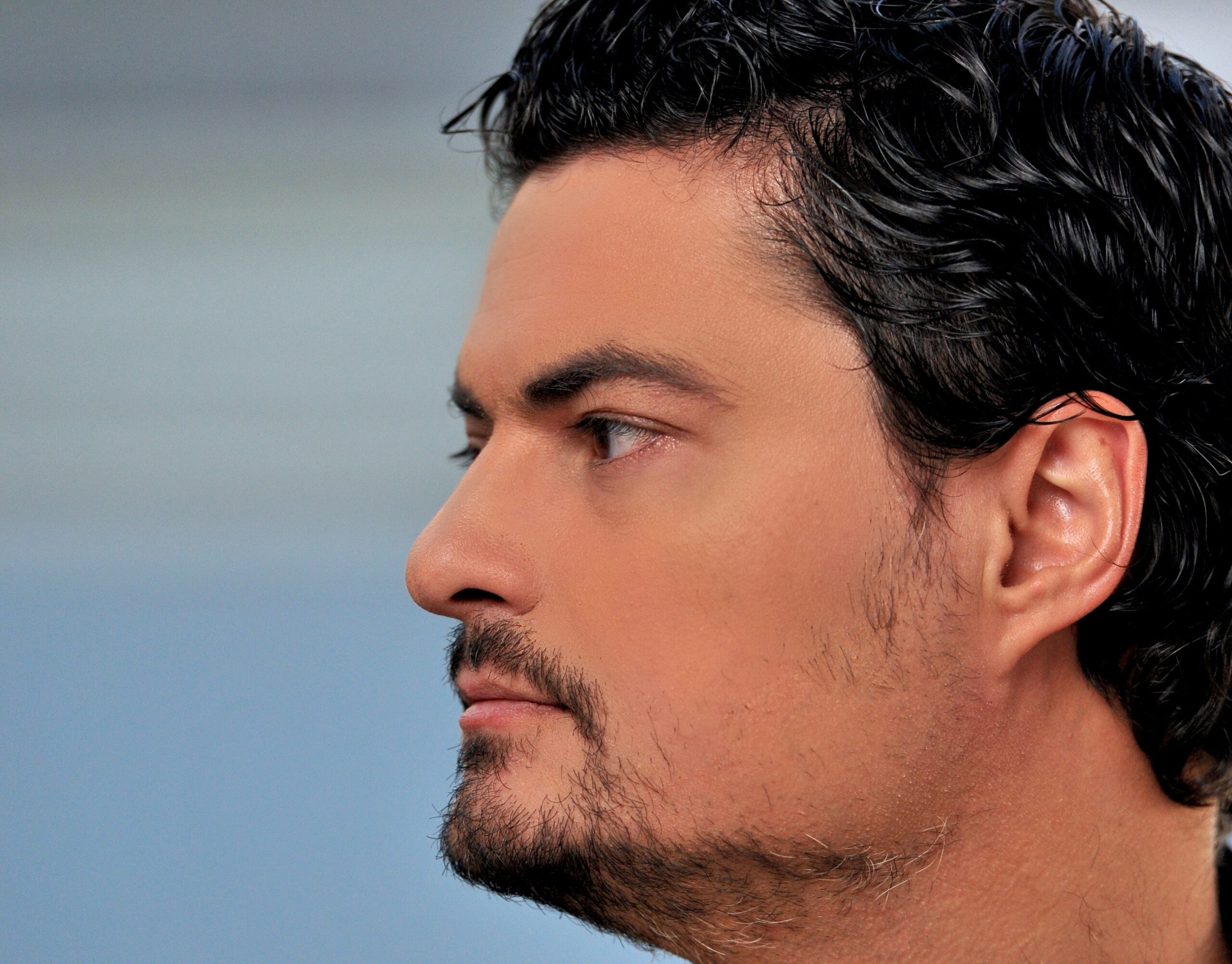
Let’s discover Aureliano in Palmira
Aureliano in Palmira, dramma serio per musica in two acts, is the title that opens the carnival season at the Teatro alla Scala on 26 December 1813. The impresario Ricci was pulling the strings: on the one hand, he wanted to ride the wave of Rossini’s previous success on the Scala stage with La pietra del paragone; on the other hand, he decided to bet on a new dramatic talent: Felice Romani.
The then 25-year-old Genoese writer was a newcomer to melodrama and his libretto was inspired by Gaetano Sertor’s Zenobia in Palmira, set to music by Pasquale Anfossi (Venice, 1789) and Giovanni Paisiello (Naples, 1790). The twenty-one-year-old Rossini had already produced a dozen works, including a successful opera buffa in Milan, but this was his first opportunity to perform on the main stage of the capital of Napoleon’s Kingdom of Italy.
The first performance of Aureliano, an opera that never left the Italian and foreign stages, was not the success he had hoped for, but it was the occasion of the composer’s famous meeting with the only castrato for whom he had composed a role, Giovanni Battista Velluti, and an emblematic example of self-constraint.
In fact, Rossini let Aureliano disappear from his horizon, using it as a working material for the next two years: the symphony and some of the opera’s melodies would soon become familiar to the whole world, being used first in Elisabetta, Queen of England and then in Il barbiere di Siviglia.
The opera was performed at the 2014 Festival in the Rossini Foundation’s critical edition, conducted by Will Crutchfield and directed by Mario Martone. The production, which won the International Opera Awards as Best Rediscovered Work, will be revived this year under the baton of George Petrou.
Published in : 29 July 2023

